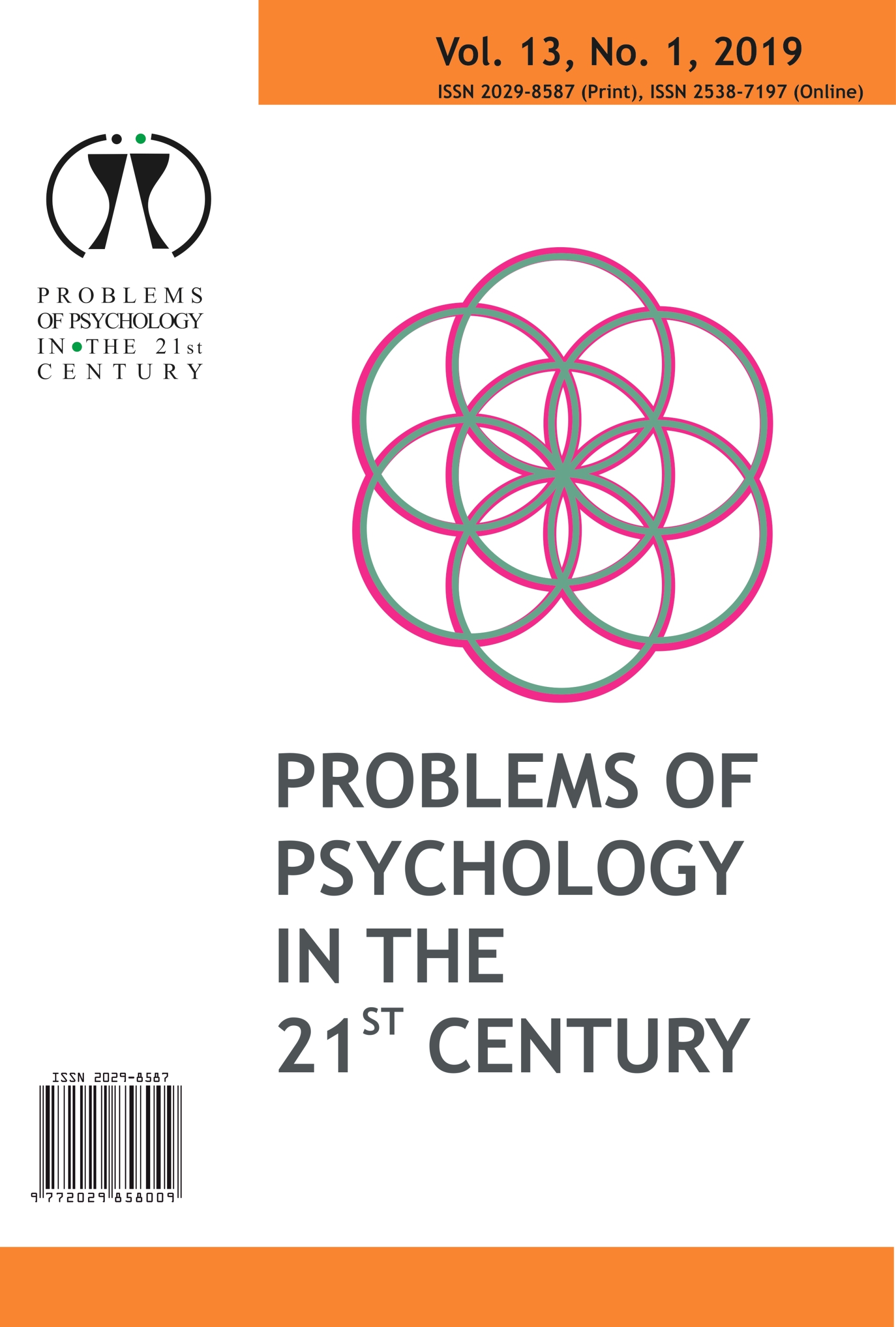EXAMINING THE BENEFITS OF SOMATOSENSORY GAME MACHINE ON SENIORS WITH DEMENTIA-TAKING THE EXAMPLE OF ONE YUNLIN COUNTY'S DAYCARE CENTER WITH SENIORS
EXAMINING THE BENEFITS OF SOMATOSENSORY GAME MACHINE ON SENIORS WITH DEMENTIA-TAKING THE EXAMPLE OF ONE YUNLIN COUNTY'S DAYCARE CENTER WITH SENIORS
Author(s): Jiang-Zhou Yeh, Hsiu-Lan Chin, Tai-Lin Wu, Shuo-En Xu, Bor-Wen ChengSubject(s): Social Sciences, Psychology, Neuropsychology
Published by: Scientia Socialis, UAB
Keywords: hand-grip strength; hand coordination; somatosensory games; dementia;
Summary/Abstract: This research adopted a quasi-experimental design in which purposive sampling was used. The research site was the National Cheng Kung University Hospital Dou-Liou Branch dementia daycare center, from which 30 patients with dementia who were ≥ 65 years old were recruited. During the research, participants were randomly assigned to either the experimental or control groups. During the research, eight participants withdrew due to personal reasons; 22 participants completed the research. The research spanned 12 weeks, from 21 September to 31 December 2017.The experimental group included four male dementia patients (76.25 ± 6.61 years), of which three had mild dementia and one had moderate dementia; and seven female dementia patients (80.14 ± 6.38 years), of which four had mild dementia and three had moderate dementia. In the control group, there were five seniors male dementia patients (80.8 ± 1.6 years), of which three had mild dementia and two had moderate dementia; and six female dementia patients (82.83 ± 8.93 years), of which three had mild dementia and three had moderate dementia.The present research employed an interactive drum-beating somatosensory game, “Taiko no Tatsujin”. Results showed that differences in the experimental group across the 12-week program reached statistical significance (p =.046*). The Jamar dynamometer was used to measure the grip strength of both hands of the participants; the experimental group showed significant improvement across the 12 weeks (p≦.001***). The Minnesota manual dexterity test was used to measure bilateral hand coordination of the participants. Though there were significant differences in the performance between the experimental and control groups (p≦.001***), both groups improved the time taken to complete the test across the 12 weeks.
Journal: Problems of Psychology in the 21st Century
- Issue Year: 13/2019
- Issue No: 1
- Page Range: 18-31
- Page Count: 14
- Language: English

